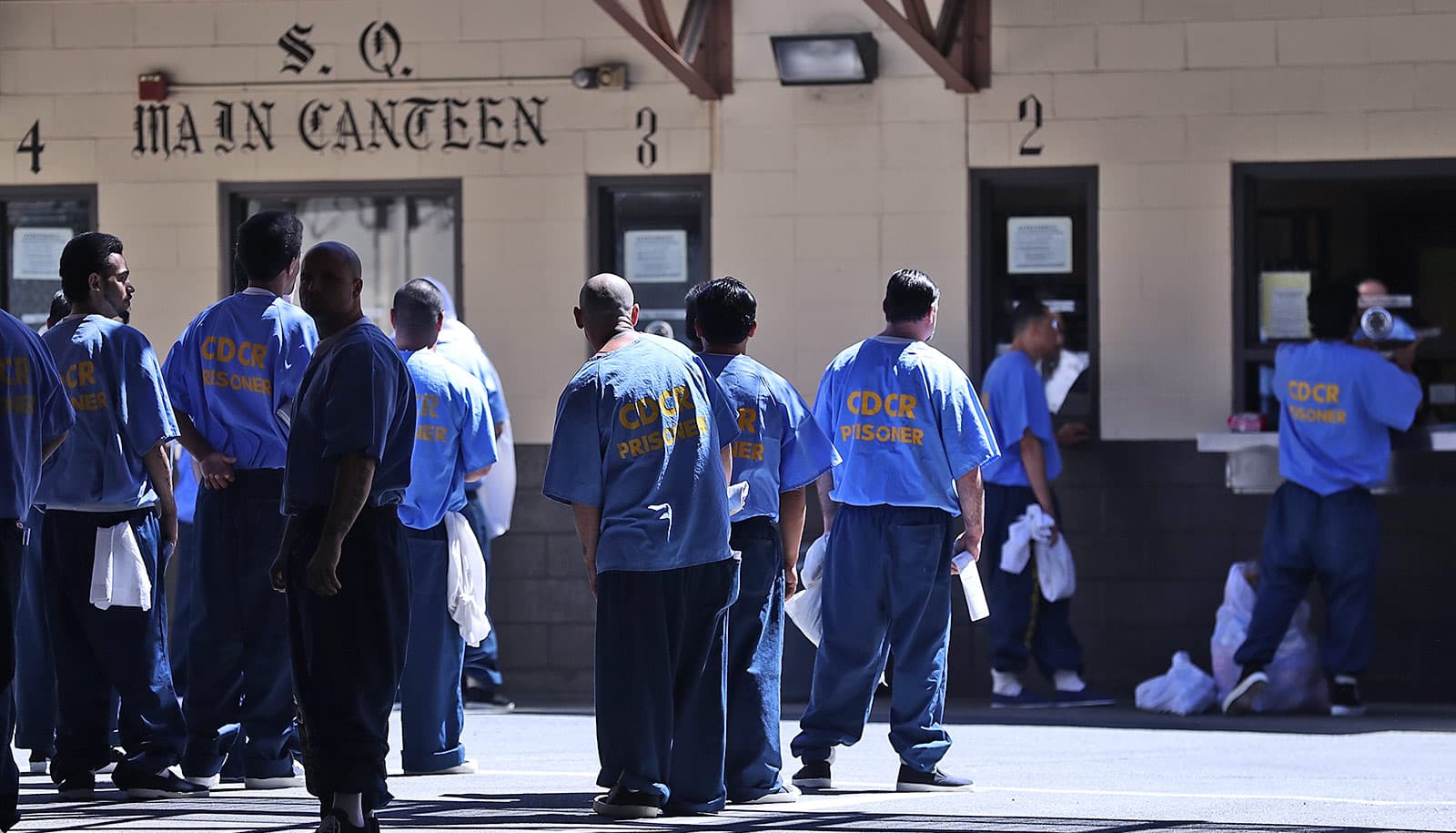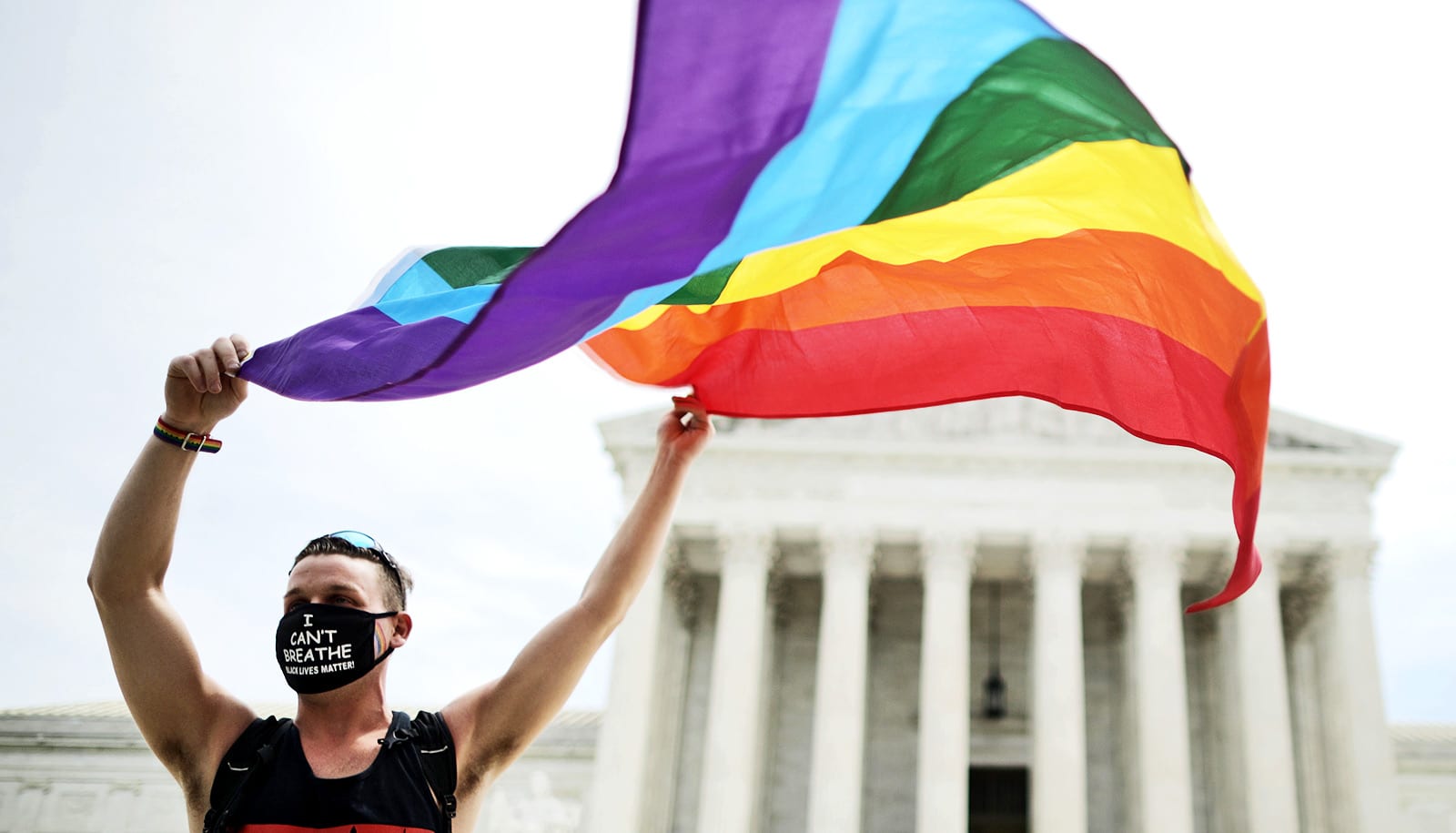
Inmates at San Quentin State Prison wait in line to purchase items at the canteen at on August 15, 2016 in San Quentin, California. (Credit: Justin Sullivan/Getty Images )
Report: Racial gap in state prisons has shrunk
The longstanding racial divide in state prisons, while still significant, has shrunk, according to a new report.
The longstanding racial divide in state prisons—while still significant—has shrunk, research finds.
Since the era of Reconstruction, ethnic and racial minorities have made up a disproportionate share of the United States prison population.
The report , which the nonpartisan think tank Council on Criminal Justice published, examines how disparities in state imprisonment rates changed between 2000 and 2016.
During that 16-year period, the ratio of blacks to whites in state prisons fell from more than eight-to-one to five-to-one. The ratio of Hispanics to whites dropped from a little more than two-to-one to nearly one-to-one. For drug offenses, the decline was particularly stark: In 2016, blacks were incarcerated for drug crimes at five times the rate of whites. In 2000 it was 15 times the rate.
“In the history of incarceration in the US , at least since the 1950s, there hasn’t been a similarly large decrease in racial disparity in state prisons,” says William J. Sabol, professor of criminal justice in the Andrew Young School of Policy Studies at Georgia State University.
While experts are still working out what’s driving the decline in disparities, Sabol believes it’s related to lower arrest rates for violent crimes and drug crimes among blacks.
“The number of black offenders in robbery, assault, rape cases—it’s gone down by 30%,” he says. “These are really dramatic decreases.”
Yet even as the number of black men and women in prisons has declined, the report uncovers a growing disparity in the time served by black inmates. Compared to white offenders, African Americans who entered prison could expect to serve more time than whites for all violent and for drug crimes. Prison time among black people increased by 1% or more each year between 2000 and 2016.
There may be a number of contributing factors for the growing disparity in sentencing, including criminal history, says Sabol.
“The war on drugs in the 1980s and 1990s pulled many African Americans into the criminal justice system,” he says. “If two people come before a judge and one of them has a longer or more severe criminal history, that person is going to get a longer sentence.”
Sabol also speculates that as crime rates have fallen, the defendants who are prosecuted are more likely to have longer criminal histories.
“If fewer people are committing crimes or being arrested for nonviolent crimes, the ones that persist are more likely to be serious offenders with long criminal records,” he says.
“Of course, the flip side of this argument is that it’s due to biased decision-making. But if so, then to explain the increase in sentence length disparities, prosecutors and judges would have to have gotten more biased. These patterns are complicated, and the data aren’t sufficient to disentangle these effects.”
Source: Georgia State University
The post Report: Racial gap in state prisons has shrunk appeared first on Futurity .
Share this article:
This article uses material from the Futurity article, and is licenced under a CC BY-SA 4.0 International License. Images, videos and audio are available under their respective licenses.
Related Articles:
How would the internet differ without Section 230?
Oct. 12, 2022 • futurityWhy the Supreme Court ruling on sex is ‘one for the history books’
June 23, 2020 • futurityLinks/images:
- https://counciloncj.foleon.com/reports/trends-key-findings/overview/
- https://www.futurity.org/covid-19-prisons-viruses-2322002-2/
- https://www.futurity.org/mass-incarceration-podcast-1698042/
- https://news.gsu.edu/research-magazine/spring2020/incarceration
- https://www.futurity.org/racial-divide-in-state-prisons-2346022-2/
- https://www.futurity.org


